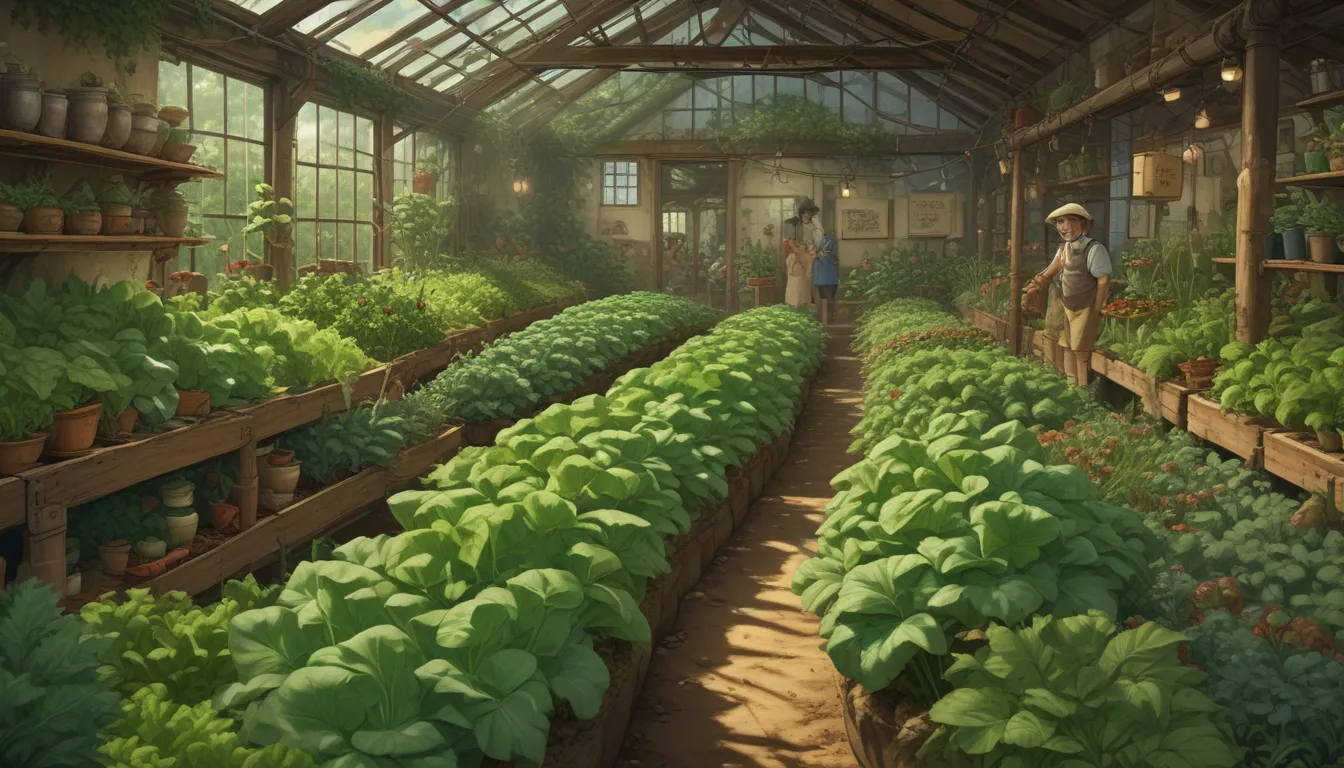Understanding and Managing Common Pests in Lettuce Gardens

Picture this: the fresh crunch of homegrown lettuce in your salad. Delicious, right? But what happens when adorable, yet pesky critters show up for a feast in your garden? Lettuce can attract a host of pests, threatening to ruin your harvest. Fear not! By being proactive and vigilant, you can identify and control common lettuce pests, preserving your greens for a rewarding harvest.
Overview of Common Lettuce Pests
When it comes to lettuce pests, herbivores and insects are the main culprits. Here’s a breakdown of the typical garden invaders:
Herbivores – Insects
- Aphids
- Beetles
- Caterpillars
- Crickets
- Fungus Gnats
Herbivores
Rabbits and deer are the adorable, yet destructive herbivores that can wreak havoc on your lettuce patch. From chomping on young plants to demolishing fresh leaves, these creatures can cause significant damage. Here are some strategies to keep them at bay:
- Rabbits: Protect young plants with cloches, row covers, or plant in containers. Create barriers to keep them out.
- Deer: Use tall fences or plant in containers to deter deer from snacking on your lettuce.
Insect Pests in Lettuce Gardens
Insects are notorious for infesting lettuce due to its accessibility at ground level and the hiding spots provided by its leafy folds. Here are some common insect pests to watch out for:
Aphids
Aphids, those tiny but notorious pests, are a common threat to lettuce plants worldwide. These fluid feeders can quickly cause stunted growth, leaf curling, and even plant death. Keep an eye out for aphids and take action promptly:
- Use a strong blast of water to knock off aphids or apply horticultural or neem oil.
- Introduce predatory insects like ladybugs to control aphid populations naturally.
Beetles
Flea beetles and darkling beetles are known to chew through lettuce leaves, leaving a trail of damage. Combat beetle infestations with these tactics:
- Introduce beneficial nematodes to the soil to prey on beetle eggs and larvae.
- Consider planting basil or catnip as a natural repellent against flea beetles.
Caterpillars
Caterpillars can quickly turn your lettuce leaves into a Swiss cheese-like meal. Watch out for common culprits like cabbage worms and cutworms:
- Handpick caterpillars and introduce predatory insects to control infestations.
- Use pheromone traps to capture adult moths before they lay eggs on your lettuce plants.
Crickets
Juvenile crickets emerging in the spring can feast on tender lettuce seedlings, leaving behind unsightly holes. While crickets can be beneficial in some ways, controlling their population is essential:
- Limit hiding spots by removing debris and decaying plant material.
- Avoid using pesticides that can harm beneficial insects and introduce diatomaceous earth strategically.
Fungus Gnats
Fungus gnats pose a significant threat to seedlings by damaging roots and causing wilting. To tackle a fungus gnat infestation:
- Allow the soil to dry out completely and use ground cinnamon as a natural repellent.
- Consider using yellow sticky traps to capture adult gnats and prevent further infestation.
Managing Slugs and Snails in Lettuce Gardens
Slimy invaders like slugs and snails can decimate your lettuce crop, leaving behind chewed leaves and shiny trails. Here are some effective strategies for keeping these pests at bay:
- Clear garden debris and hiding spots to deter slugs and snails.
- Use beer traps, salt barriers, or copper rings to repel these pests and protect your lettuce plants.
Conclusion
With the right knowledge and proactive approach, you can effectively identify and control common pests in your lettuce garden, safeguarding your harvest from potential threats. By implementing organic, environmentally friendly pest management strategies, you can enjoy a bountiful supply of fresh, homegrown lettuce. So, keep a watchful eye on your garden, and bid farewell to those unwanted lettuce munchers for good!
Do you have any pest management tips to share? Let us know in the comments below!
For more resources on growing lettuce in your garden, check out these informative guides:
- Plant Your Salad Greens Early: Tips for Growing Lettuce and Microgreens
- 29 of the Best Lettuce Varieties For Your Garden
- Grow Leaf Lettuce: Harvest Beautiful, Nutritious Salads from Your Own Backyard





